Thermography Survey 1000 Years in the Making
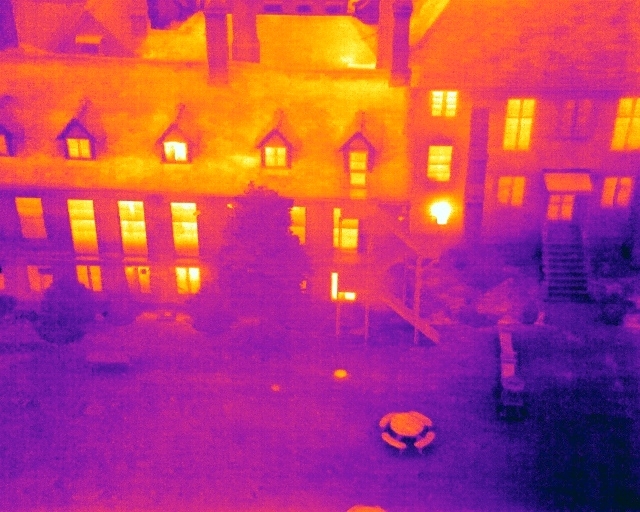
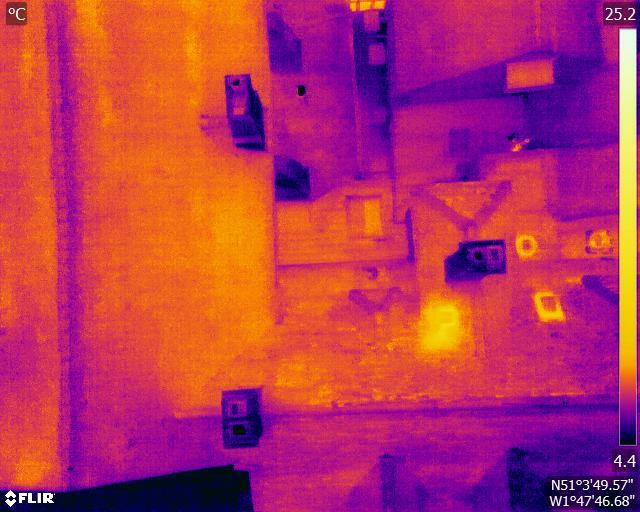
1400 Page Heating Performance Survey Using Aerial and Ground Thermography
Thermal IEC Building Inspection, On the Ground, From the Air and Internal
It doesn’t matter how old a building is, there is always an opportunity to learn more about how to make it more habitable for the people who live and work there.
We were recently asked to complete a full thermal survey of the Grade 1 listed building on the grounds of Salisbury Cathedral to look at the potential anomolies and faults present in the performance of the heating systems. Our survey used drones with thermal cameras for aerial roof and elevation inspections as well as ground based cameras for internal inspections.
The data capture element took a week, with a further four weeks to complete our report of over 1400 pages, it was a truely interesting study!
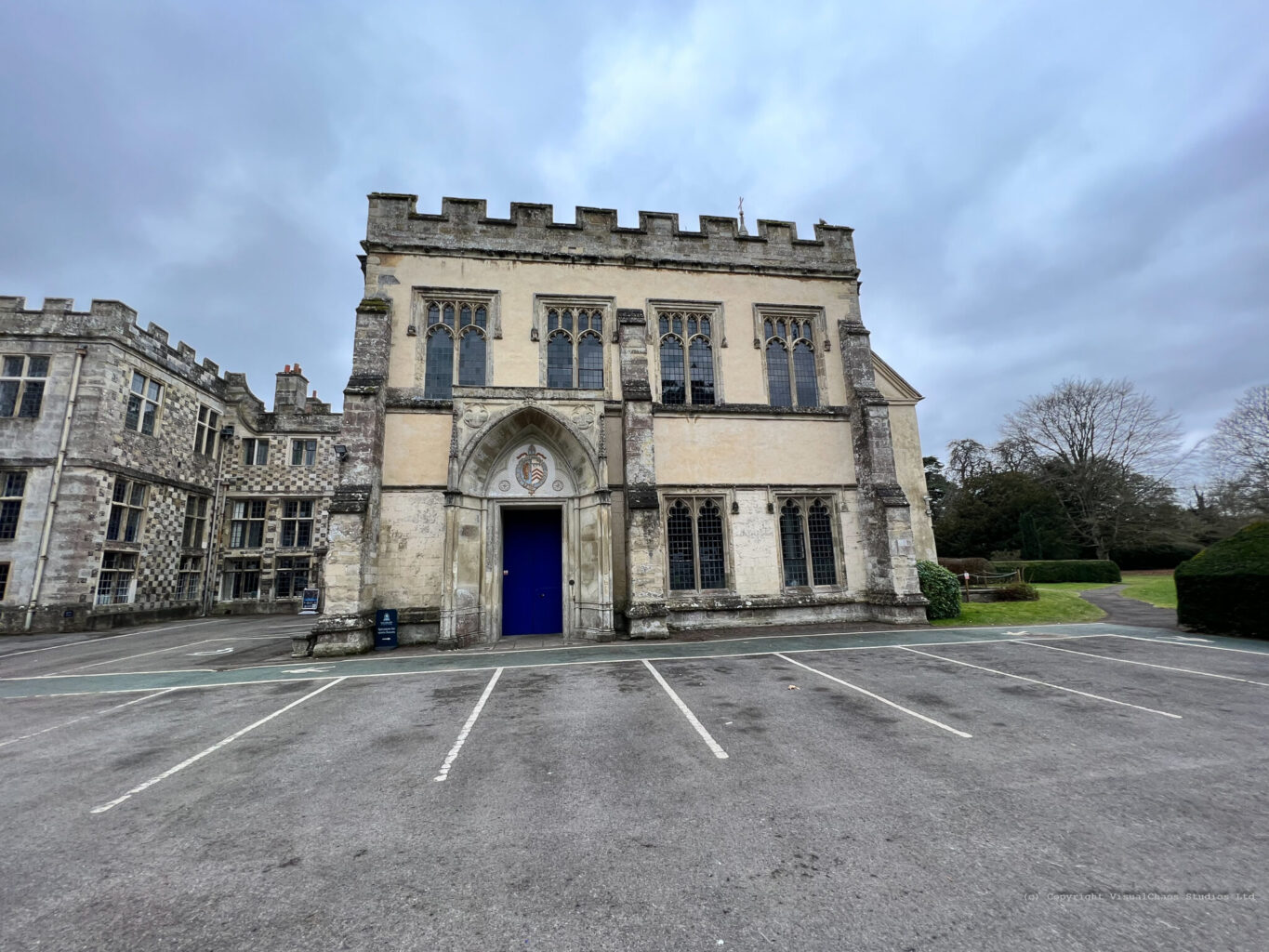
Situated to the southeast of the Cathedral in The Close, the Salisbury Cathedral School was established during the 1220s and crenelated during the 14th century. Bishop’s Palace has undergone many phases of construction, alterations and repairs. It was restored during the mid-15th century and extended sometime after 1568. A chapel is first documented in 1588.
Parts of the Palace were demolished post 1648, with the surviving elements being converted into an inn and tenements. However, rebuilding took place during the 1660s with further additions taking place during the later 17th century and early 18th century. The palace was refurbished during the late 18th century with further additions constructed thought out the 19th century.
Further parts were demolished in 1931, with sections of the Palace used by Bishop Wordsworth School in 1890. It has been used by the Cathedral School from 1947.… source: Historic England Research Records
The main building was built to an Early English Gothic architectural design originally, which did away with the earlier use of thick, heavy walls, and rounded arches associated with Norman and Romanesque period by using flying buttresses and ribbed vaulting to relieve the thrust of the building outward, allowing thinner and taller walls to be constructed.
It is assumed that the stone used for the main structural walls is limestone, which has good thermal capacitance typically 3 times that of brick, the walls are solid without cavities and no additional building envelope was added over the years. Limestone emissivity is 0.90 – 0.93.
There is evidence from external inspections that some walls/elevations and roof construction (gable-ends) are made of brick, but it is not known if this is structural, an outer-leaf construction with any kind of cavity, or simply a façade.
The windows appear, and are likely to be, mainly as originally installed, using single glazing to stone or wooden (oak) lintels and frames. Some have shuttering available on the inside.
The roof appears and is likely to be as originally installed (may have been added to over time), with a wooden structure (oak) and clay tiles, with no or limited insulation added over time. Metal lead or zinc material, was used in gullies and valleys. There are numerous areas of tile dislodgement, misalignment, and breakage, consistent with age. Chimneys are uncapped.
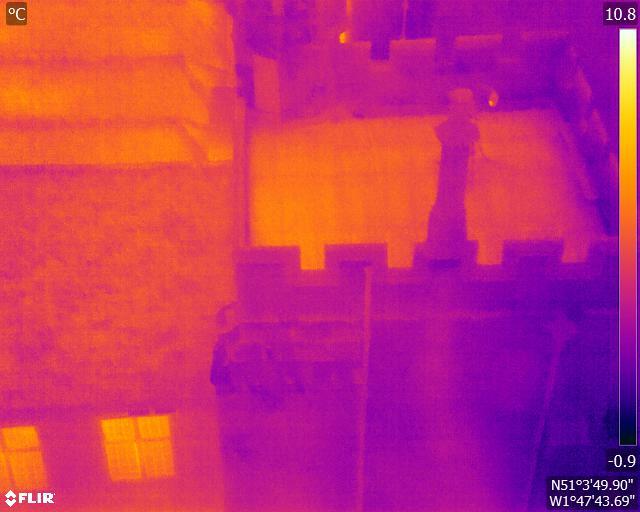
n.b. Emissivity for the thermograms was set at 0.9 to accommodate the reflective properties of clay tiles. The lead/metal coverings in the roof will show up hotter in thermograms due to the lower emissivity values of metals.
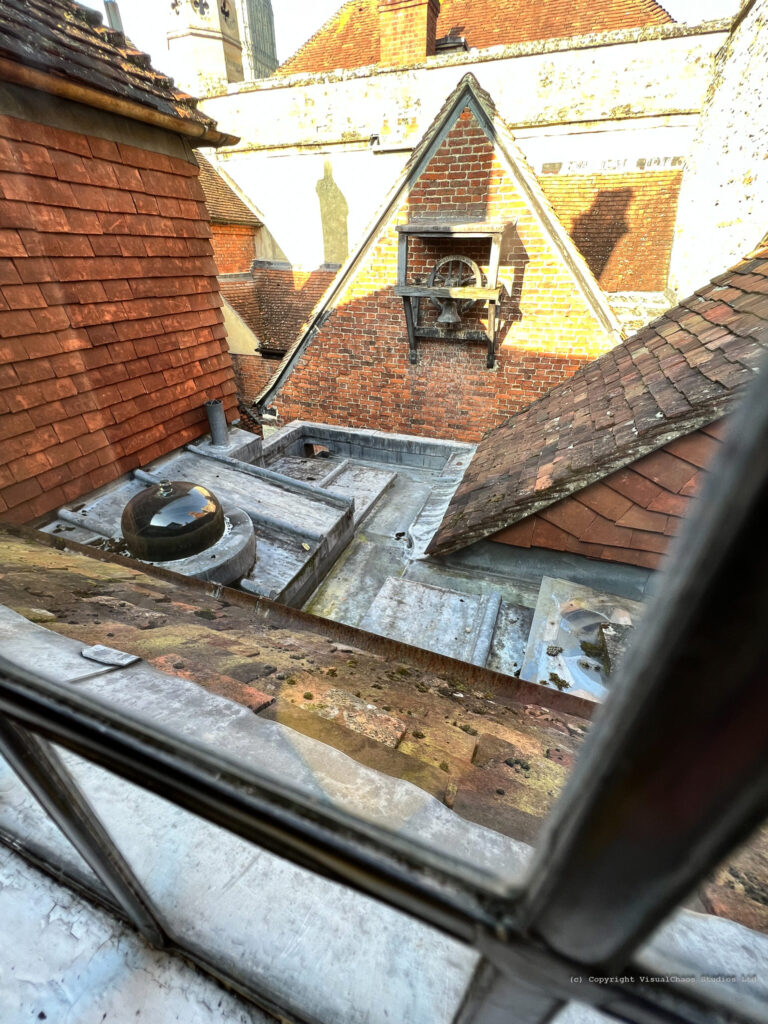
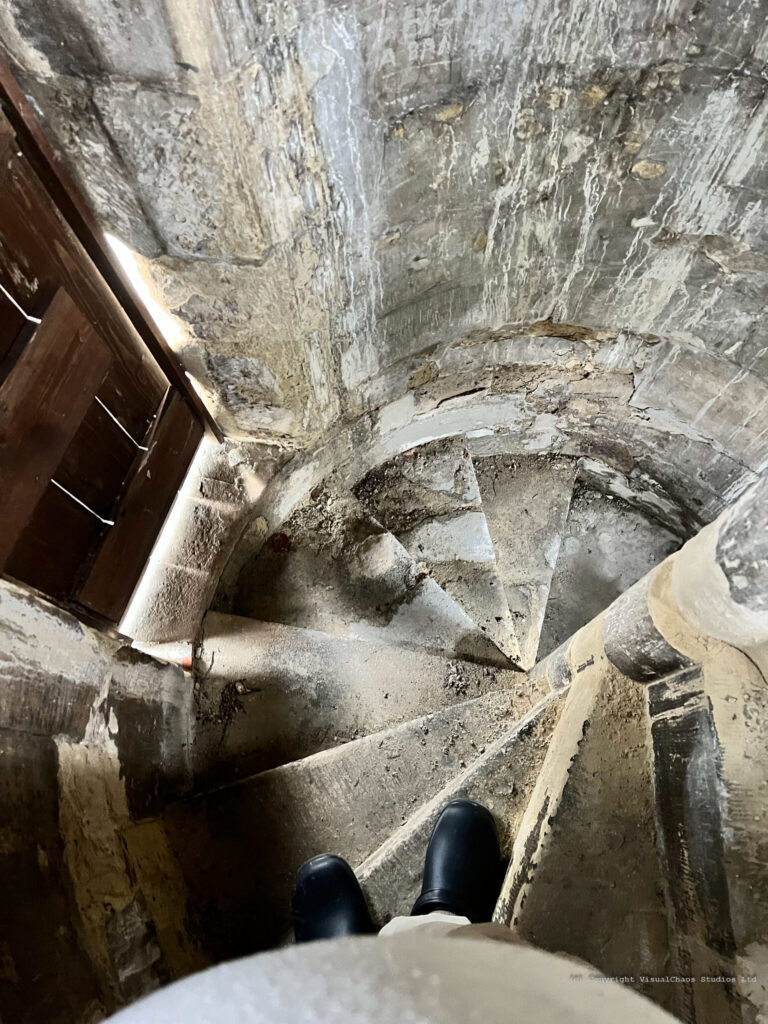
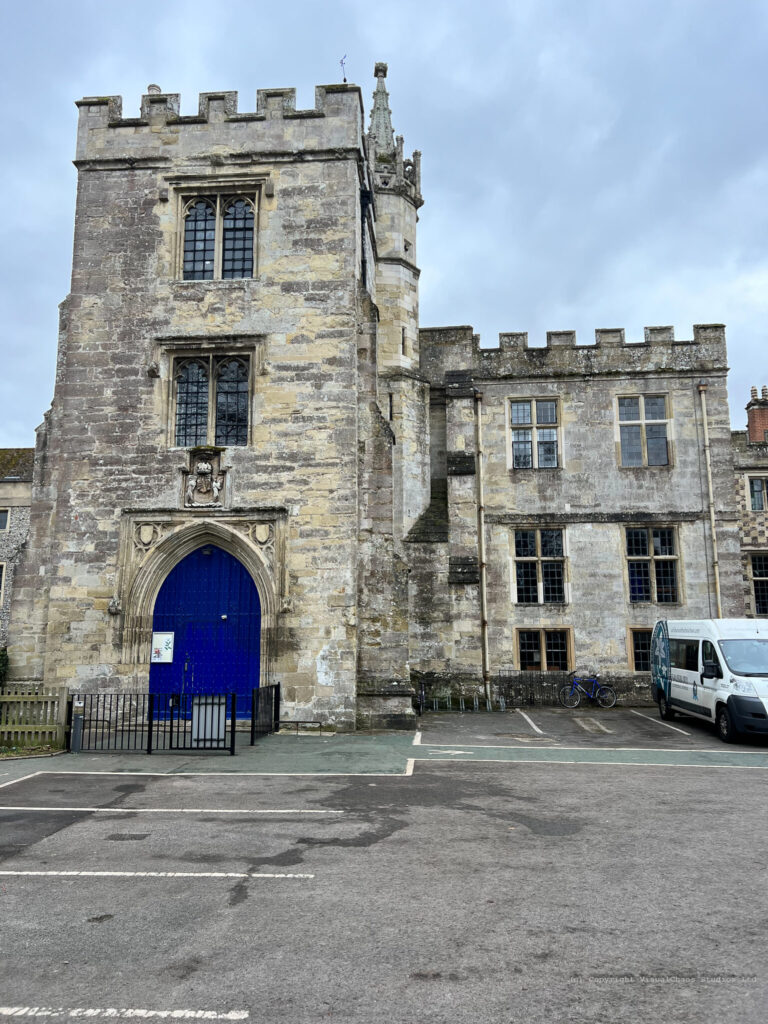
Cold Thermal Air Bridges and Reverse Chimneys
English Gothic buildings of this design and using stone construction materials, suffer from significant internal pressure changes that create agressive air movement or draft. External stone staircases and tower blocks where built without cavities, single thin glazing in metal frames and overtime will create cracks and perferations in the building envelope, allowing convected air movement throughout.
Planning consent restricts the options to retrofit insualtion, double glazing and heating systems so the net effect is these areas remain at a temperature consistent with the outside ambient temperature and are effectively creating cold thermal air bridges and reverse chimneys.
Cold air, being heavier than the warmer air, drops down all three floors through these air bridges and air chimneys into the adjacent rooms, creating a positive air pressure. This could be considered a ‘super convector’ to the building as a whole and cause a significant draught effect.
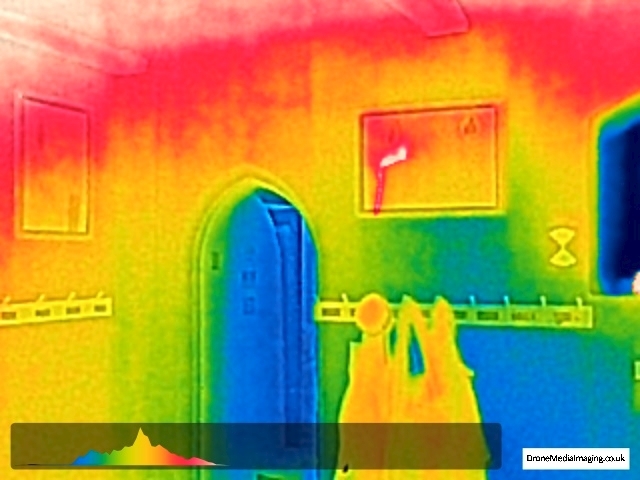
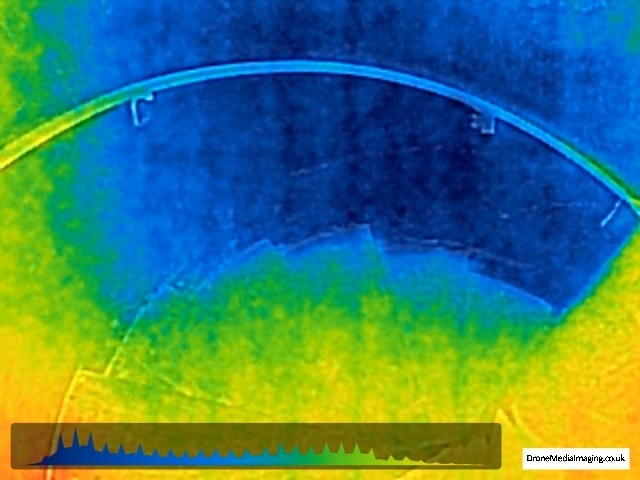
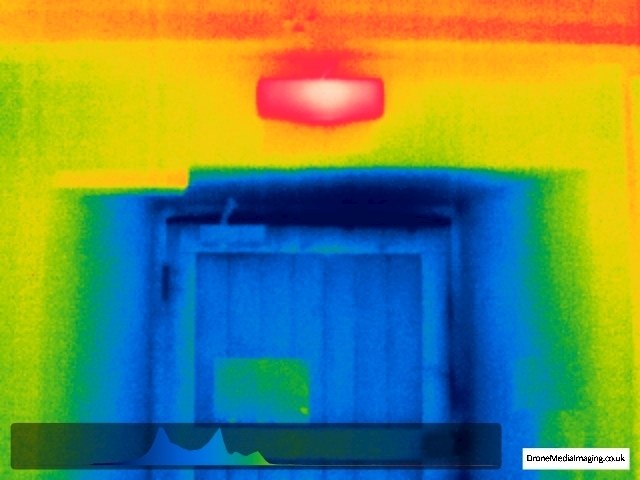
Building Survey Thermal Inspections
We are certified Thermographers and drone pilots and work throughout the UK to provide both aerial and ground based thermography services. Thermography is an noi invasive inspection option that provides vaulable data that is not visible to the human eye. Together with traditional building survey techniques, thermography provides significant data on the root cause of many building problems from heat perfomance through to water ingress and insulation failures.


